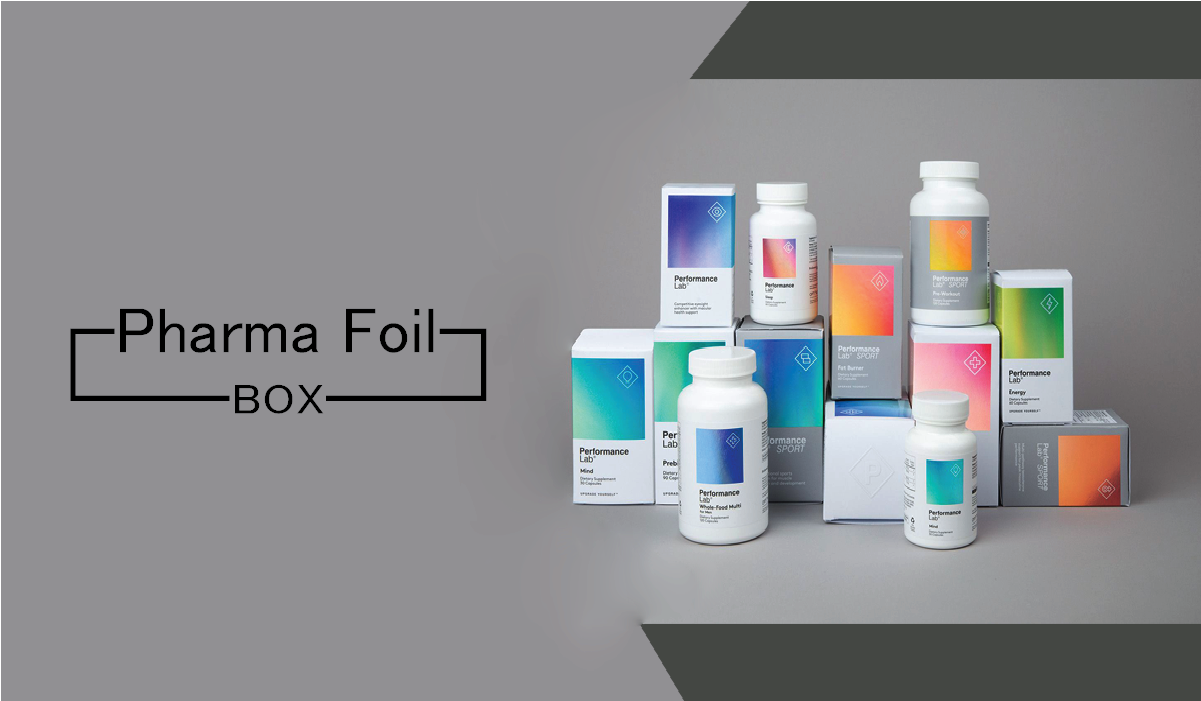Today, customer convenience has risen to the top of the priority list in the food and consumer healthcare packaging businesses. Following suit, the pharmaceutical industry has implemented innovative packaging techniques for medicine packaging. Let’s look at some of the important Pharma Foil packaging trends that are propelling the pharma packaging industry forward while also altering the packaging customer experience.
Child Resistant Pharma Foil Packaging
Almost all pharmaceutical goods require packaging that is both child-resistant and senior-friendly, which is a difficult task for a packaging scientist. Packaging that is difficult to open for children will also be difficult for elderly people to open; so, the packaging design must be appropriate for all types of patients. The “press-to-engage” resalable sliders are an innovative child-resistant form that is difficult for children under the age of five to open but simple for adults. A particular blister pharma foil requires a focused push-through motion rather than the conventional peel tabs.
This is suitable for senior citizens, and the total packing volume is less than that of standard peel-push or peel-able blister cards. Paper-based lid foil, a novel child-resistant peel-push lid foil, was developed as a superior alternative to hard-to-peel child-resistant packaging; it can be printed in seven colors to permit branding on the package. Because this new foil does not have a paper layer, it provides superior protection against moisture absorption and extends the product’s shelf life. Another type of child-resistant packaging is a one-of-a-kind folding carton with die-cut slots on one end of the flap that corresponds with die-cut tabs on the inside wall of the carton to lock the flap in place.
Anti-Counterfeit Packaging
Counterfeit medications have developed as a global issue, resulting in wasted money, harm to the reputation of branded drugs, and, most significantly, serious health hazards to patients. Technological advancements have also fostered the expansion of the counterfeit medication sector. Most of these counterfeit medicines are so close to the real thing that it is nearly hard for a buyer to tell the difference. Pharma foil packaging has gained center stage in the fight against counterfeit medications since it is a major component in the creation of counterfeit pharmaceuticals.
To avoid drug counterfeiting, the pharmaceutical industry has used a variety of techniques such as micro-text, debossing and embossing, customized varnishes, holographic materials, tamper-evident stickers, RFID (Radio Frequency Identification), customized designs, and fonts. On the box, digital watermarks may also be utilized. These include invisible data encoded in the form of graphic elements that are checked by special software, and data capture devices such as webcams, mobile phones, or other scanning equipment. The degradation of the embedded data suggests that attempts to recreate the data have been made.
Serialization and track & trace are more robust methods of combating counterfeiting that has been adopted by practically all countries globally. Most nations have made the serialization of pharmaceutical items mandatory, and tight laws have been implemented to oversee and speed up the authentication process. Serialization entails the producer creating a unique barcode for each product, which is subsequently placed into a shared database. When the product is dispensed, the unique code is compared to the code stored in the database. If the code matches, the goods are guaranteed to be authentic.
Pharma Foil Packaging to Improve Dose Administration
Blister pharma foil packaging has made significant progress in facilitating patient compliance. A kit containing 14 daily-dose blister cards to assist the patient in adhering to a multi-pill frequent-cycle therapy to treat Helicobacter pylori infection, with each blister card divided into four doses, is one example. A 28-count blister card within a dispenser is another type of blister packing. The wallet pack, which places a blister card in a paperboard folder, is another example of new blister card compliance packaging.
Wrapping Up
It is obvious that the creation of packaging that meets the needs of Custom Boxes has provided tremendous impetus for pharmaceutical producers to create novel pharma foil packaging designs, and that this trend will only continue in the future.
